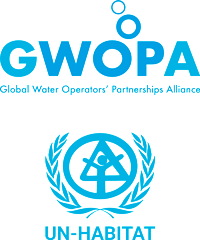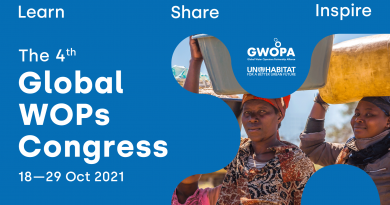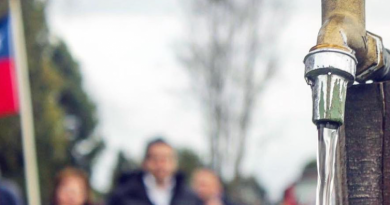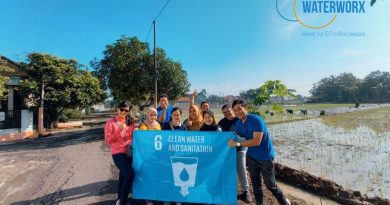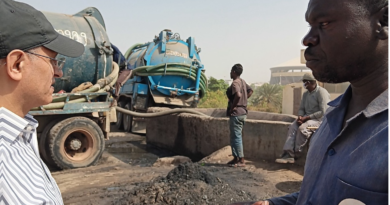New Research on WSP Implementation to Face Challenges in Water Supply during the COVID-19 Crisis
Research institutions from Canada and The Netherlands jointly initiate a research aimed at understanding how water operators and health authorities are responding to the COVID-19 crisis. The team consists of a group of 5 researchers with experience in Water Safety Plans (WSP) and other risk management strategies.
What is WSP?
Water Safety Plans (WSP) have been promoted worldwide by the WHO to structure and enhance risk management strategies in water supply utilities. The WSP approach involves identifying potential contamination hazards from the source to the consumer in order to control and mitigate risks (WHO 2017a), by implementing risk management measures including communication plans.
The WSP approach is preventive in the sense that it anticipates the potential occurrence of contamination events and supports the planning of adequate maintenance of multiple barriers to ensure water safety and protect public health (Deere 2020). WSP aim to address both routine monitoring operations and incident responses.
Over the past 20 years, WSP have been implemented by countless water utilities in over 93 countries across the globe (WHO 2017b).
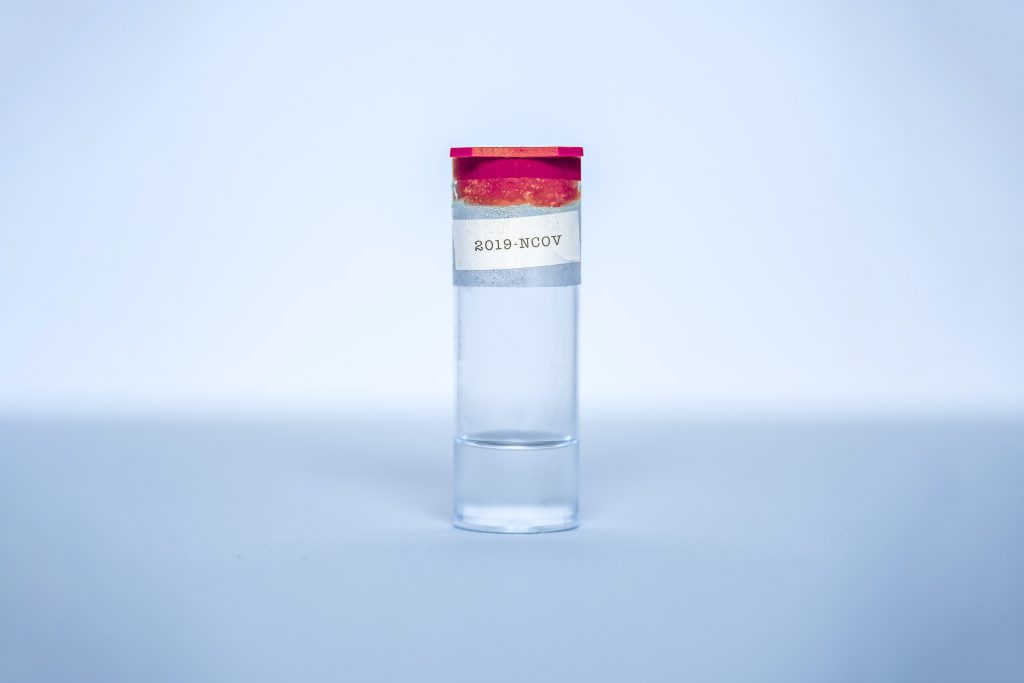
Why study it?
The current COVID-19 crisis poses unprecedented pressures on health systems globally, and ensuring safe and reliable water supply is of paramount importance on multiple fronts. This project aims at conducting a comparative and critical study on the use and relevance of WSP in water utilities around the world to face the challenges of the COVID-19 crisis. Specific objectives include:
i. Provide a review of how the current WSP handles the risks from COVID-19 in drinking water supply;
ii. Assess how the COVID-19 crisis poses a major change to incident planning and emergency responses in water utilities and agencies globally;
iii. Assess whether and how WSP are helping to address the unexpected specific challenges faced in water safety globally;
iv. Assess how community and public perceptions and concerns are being addressed, and whether and how WSP are supporting the response;
v. Identify new insights on WSP gained from the pandemic and provide guidance on how to improve risk management in water supply (what are the needed changes in current guidance), while highlighting potential future implications of the crisis for safe water supply.
Methods
To meet the objectives, the team will:
i. Conduct a critical analysis and synthesis of literature to describe the current risk management approach to viruses-related water safety as prescribed by WSP;
ii. Collect field data through an online survey, which is distributed to water supply services providers and health or environmental agencies (depending on which agency has jurisdiction over drinking water) across the globe. The survey aims at identifying water safety and service continuity challenges faced water utilities and agencies during the COVID-19 crisis, as well as responses.
iii. Conduct semi-structured interviews with selected utilities covering a range of contexts (e.g. diverse city sizes, range of severity of COVID-19 crisis, use of chlorination or not, etc.).

Outcome
The data analysis will allow identifying ways to adapt water safety management guidance using the structured and widespread WSP approach. Future critical water safety issues related to expected consequences of the pandemic will be addressed to guide future research and governance preparedness. Results will be published in a scientific paper.
Research team
Françoise Bichai, PhD, Assistant Professor, Polytechnique Montréal (Canada);
Baptiste Leveque, MScA student, Polytechnique Montréal (Canada);
Giuliana Ferrero, Associate Professor, IHE-Delft Institute for Water Education (Netherlands);
Patrick Smeets, Senior Scientific Researcher, KWR Watercycle Research Institute (Netherlands);
Daniel Deere, Water Quality Specialist, Water Futures (Australia);
Nicholas J. Ashbolt, Professor, University of Alberta, School of Public Health (Canada).
References
Deere, D. 2020. World Health Organization leadership on water, sanitation and hygiene reducing COVID-19 impacts COVID-19. Waterblog – Current science on the fate and potential transmission of SARS-CoV-2 in water. https://covid19waterblog.wordpress.com/2020/04/21/world-health-organization-leadership-on-water-sanitation-and-hygiene-reducing-covid-19-impacts/
WHO 2017a. Guidelines for Drinking-Water Quality, fourth ed. incorporating the 1st addendum.
http://www.who.int/water_sanitation_health/publications/gdwq4-withadd1-chapters/en/
WHO, 2017b. Global Status Report on Water Safety Plans. A Review of Proactive Risk Assessment and Risk Management Practices to Ensure the Safety of Drinking-Water.
http://www.who.int/water_sanitation_health/publications/global-status-report-onwater-safety-plans/en/
